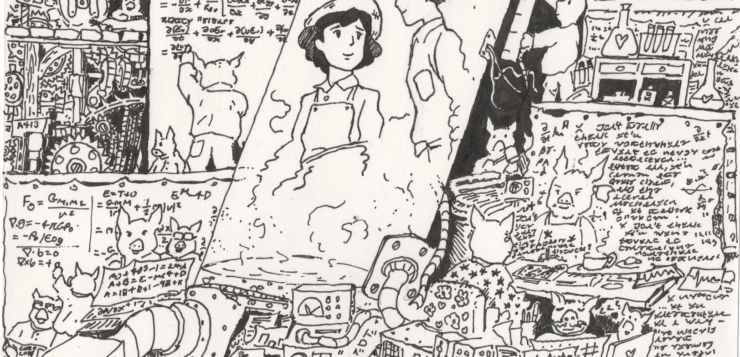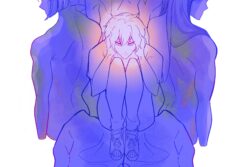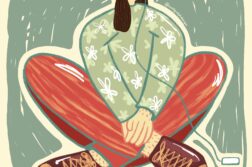We have all found someone attractive causing us to say something incredibly asinine and our palms to drip with sweat. Maybe you have a ‘type’ or insist personality is the only thing that matters, whereas many prioritise the looks. But what causes these feelings? Is there any science and logic behind it?
One thing is for certain—your heart has no control over whether you find someone attractive. Hormones do. Yes, those dreaded things that cause spots and irrational mood swings… are what drive love, as well as heartache.
The idea of love can be broken down into three categories, each controlled by a different set of hormones: lust, attraction and attachment. When you meet someone for the first time, your hypothalamus causes a surge of hormones to be released, resulting in you making up your mind about someone within the first three minutes! So, maybe ‘love at first sight’ has some truth to it.
Lust. Driven by testosterone and oestrogen, this causes our libido and sexual cravings to increase; this is often considered the first stage of love. Whilst males are often associated with high levels of testosterone and females with oestrogen, both hormones have an important role to play in all of us. Lust has a strong link with our primal urges, with the need to reproduce to keep our family line growing and thriving. Everyone you have been attracted to smells good too, right? Pheromones are responsible for everyone’s natural smell. These odourless chemicals have a key role when we find ourselves lusting after someone.
Next, we have an attraction. This is the stage between lust and attachment – the honeymoon phase. The phase where nothing can bring us down. Dopamine, serotonin and adrenaline are responsible for this. When something good happens, the brain’s reward pathway releases dopamine, creating feelings of bliss and euphoria. Did you know when you’re in love, dopamine gives you the same high as cocaine? Now imagine you’re on a rollercoaster—energy and excitement are pulsing through your veins whilst the butterflies in your stomach are fluttering furiously. This is adrenaline. Love isn’t smooth sailing though, so let’s not forget about serotonin. Serotonin creates a calming feeling, but when in love your serotonin levels will decrease. This can result in fatigue and increased sensitivity—don’t worry though, any sexual activity will send your serotonin levels through the roof!
Starting to get confused? Well, we have one more stage to go: attachment. No one said love was easy.
Your dopamine, serotonin and adrenaline levels have now returned to normal from that rollercoaster ride. Oxytocin and vasopressin are taking over. Also known as the ‘love or cuddle hormone,’ oxytocin is your main driver here. It derived its nickname from breastfeeding and childbirth—high levels of oxytocin are released in both activities, increasing the bond between a mother and child. What has this got to do with love? Cuddling, kissing and close contact creates an instant connection between two people as oxytocin levels increase, associating these activities with pleasure. These same feelings are produced by vasopressin. High levels of oxytocin and vasopressin have shown to increase trust and confidence between couples as worries are swept away.
So next time you’re moaning about love being hard, take a second to empathize with your body, constantly producing and balancing all these different hormones.




